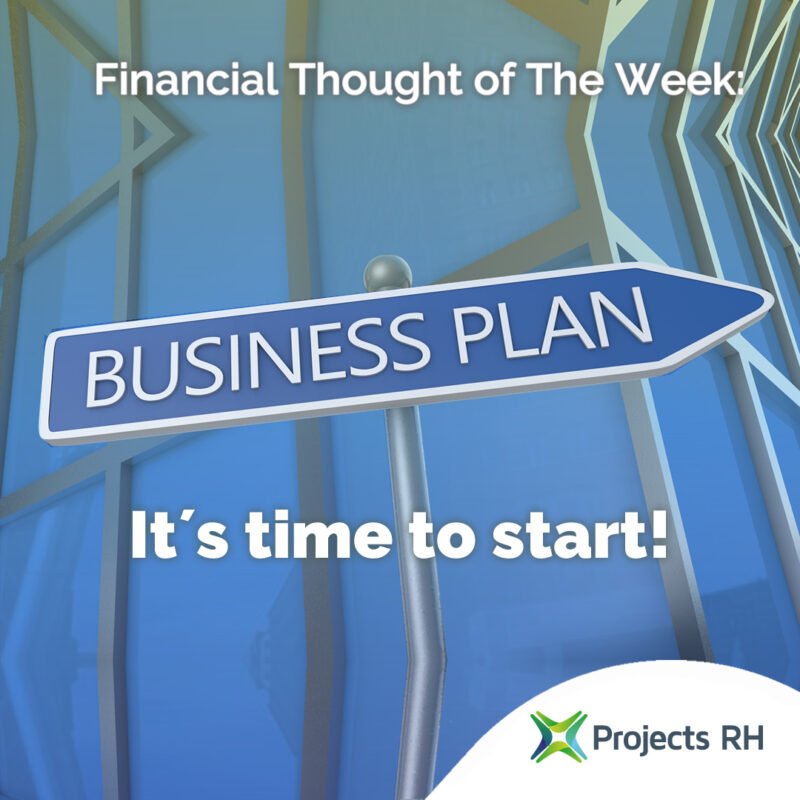Looking for investors? Start with your business plan
Funding is the lifeblood of business growth and startup, but Founders rarely have their own funds, or enough cash from profit (if already operating); that means funds have to come from external sources, sometimes loans from banks or family, sometimes crowdfunding and sometimes investors.
Superstar unicorn companies, particularly tech companies, have led many enthusiastic entrepreneurs to see investors as a pot of gold and a freeway to success. But getting investors, can be tough going, especially from those outside your own professional or family networks. The success rates for pitches to investors are painfully low, especially now, in a climate of increasing interest rates and bank collapses. That means the competition is tough and you are up against some impressive pitches.
If you want to have any chance of getting funded through investors, you need to really stand out and be supremely well prepared. As an added benefit, taking the time to thoroughly create your presentation will not only increase your chances of getting funding, but also prepare you for the business future that you aspire to.
It all starts with a business plan
Communicating your opportunity to investors is the crucial link to success, so they can quickly and easily understand what you are doing, who you are and why they should choose your business. One thing we see quite often is that Founders go directly to a Pitch Deck, but from what we see, there is often little in the way of detailed justification for the content: market information not referenced and too simple, projections with no detail or assumptions and glossy looking without the foundations to support it. These fall apart quickly under heavy due diligence.
In the projects we work on, business plans are the first place to go when creating your communication suite an starting point for the rest of your pitch deck and other presentation documents. Business plans are where you do all the grunt work, the analysis, the projections, market research and business model testing.
Put yourself in the investors shoes
As you start your plan, ask yourself: If you were the investor, what would you want to see? As much certainty as possible? The biggest market possible? Founders that know what they are doing and can be relied on? Evidence that the business model works, ideally with revenue already? When creating your plan, these questions must be comprehensively answered; investors will do thorough due diligence, so doing this ahead of time makes you look much more convincing and prepared.
It’s easy to get caught up in the brilliance of your own idea, but that is of lower value to investors, who want to see a well-developed business case needed with data to back it up. Make it easy for them to understand with clear explanations, images, maps, menus, product details and real evidence.
Explain your assumptions
Business planning is focused on creating a picture of the future and looking into the crystal ball, so there will need to be assumptions made about all aspects of the business: costs, team, growth rates, marketing and many more. When your plan is assessed, the investor will want to know what these are in detail.
Lay out all of your assumptions them all out so they are VERY easy to follow, so the investor can take your assumptions, do their own modelling and challenge them.
- Verify everything, don’t include data that is not explained or externally referenced.
- Make your assumptions reasonable – better to be viable and conservative. If you go too high, you lose credibility, so keep it realistic and achievable.
- Show real evidence of why your concept will work. The missing piece for many plans is supporting evidence of product-market fit. If you have future contracts or support from clients this helps.
- Be honest about future risks and constraints and how you will manage those.
Keep it sharp
The plan is a representation of your business and the 1%’s count. Include your logo, make sure the formatting is consistent, no spelling errors, grammar mistakes and the overall document looks sharp. During the assessment, all details will be scrutinized, and inconsistencies or a low level of detail picked up, raising red flags that work against the application.
Don’t forget yourself
One of the biggest risks for the investor is you, the business owner. If you leave, lose interest, don’t perform or can’t drive growth, the investors lose out. To overcome this risk, include a thorough profile of all the business owners that demonstrate your skills and experience as they relate to the business you are applying for.
Get your house in order.
When you are being assessed, you may have other parts of your business or professional life scrutinized. Your website should be up to date, LinkedIn profile looking accurate, CV current.
Sanity Check
The editing process is where your plan is transformed from into a high impact showcase of your business, so budget the time you need and treat this with respect. An essential step is the Sanity Check, where someone outside your business (or more than one person) goes through your plan is an invaluable process of getting feedback during editing. Get someone with experience in business or investment to read your plan and give no-holds-barred feedback. The next round of edits can include this, to be followed by additional feedback until the plan is 100%.
The Business Plan Company has completed thousands of business plans for businesses starting, growing, getting finance, investors, loans and applications. Our team can do all of this with you, to create a business plan that really shines.
By Dr. Warren Harmer, founder and Chief Business Planner of The Business Plan Company, a specialist consultancy that creates business plans and advises small business.







